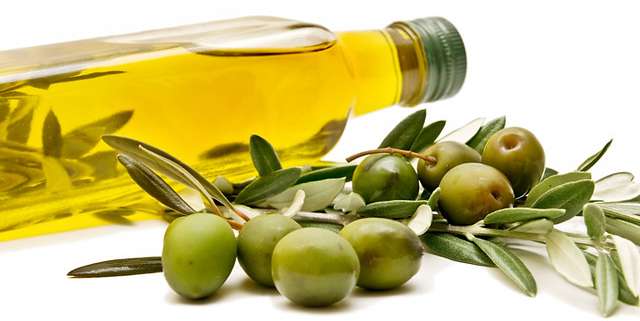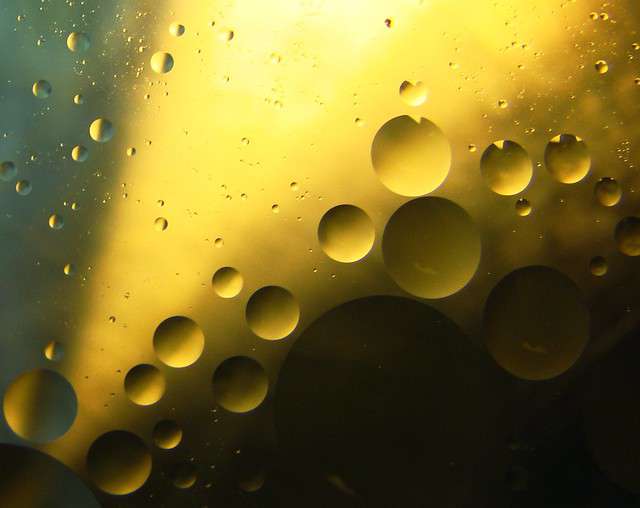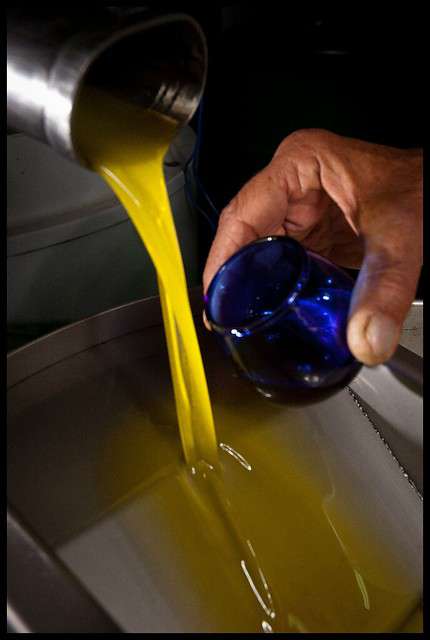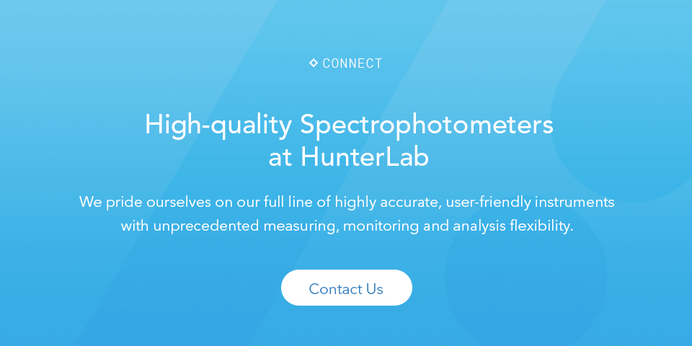
Olive oil has been well-known for its health benefits for some time. Evidence now shows that color saturation may even indicate the health value of the product. While many consumers use color to determine the quality of olive oil, the health benefits may be another selling point. With high-quality olive oils costing up to $20, communicating the correlation between color and health can be beneficial for sales.




